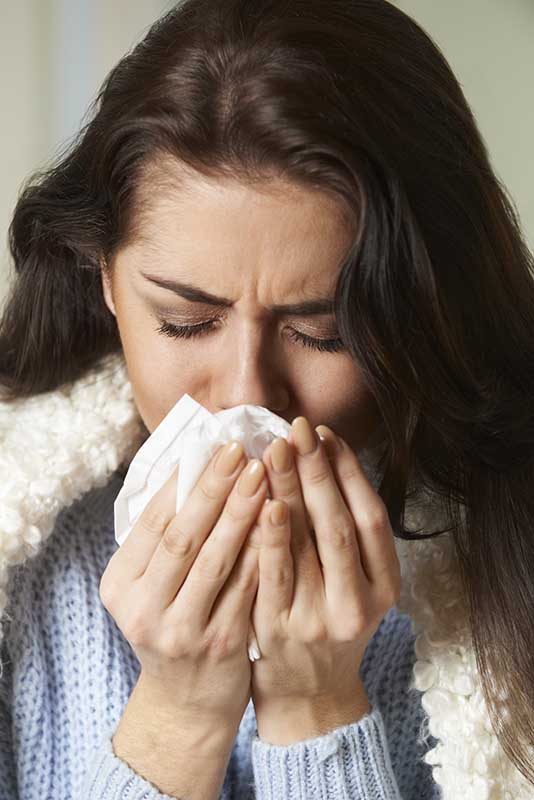Introduction:
Polysensitization in allergic rhinitis (AR) patients has complicated the application of house dust mite (HDM)-specific immunotherapy. The effectiveness of HDM subcutaneous immunotherapy (SCIT) on symptoms caused by co-existing allergens in polysensitized individuals remained unclear. This study aimed to evaluate whether HDM SCIT improves such symptoms and to assess the allergen characteristics associated with treatment response.
Methods:
A multicenter retrospective cohort study was conducted among polysensitized AR patients who underwent HDM SCIT for 12 to 36 months across five hospitals. Symptom scores were assessed using the visual analog scale (VAS). Annual or allergen-specific symptom scores were recorded depending on symptom seasonality. Treatment effectiveness was defined as a ≥30% reduction in VAS scores, and patients were grouped accordingly.
Results:
Sixty-two cases were analyzed. Patients in the effective treatment group (n = 39) were older than those in the ineffective group (n = 23) (P = 0.039). Greater effectiveness was observed in patients with HDM sIgE levels ≤5 compared to those >5 (81.6% vs. 45.5%, P = 0.008), and with mold sIgE levels ≤2 compared to >2 (83.3% vs. 28.6%, P = 0.045). Similar trends were seen for annual symptom improvement (91.3% vs. 28.6%, P = 0.010). No significant differences were found in the number of co-existing allergens, skin test reactivity, or sIgE level differences between HDM and co-existing allergens.
Conclusion:
The effectiveness of HDM SCIT for relieving symptoms caused by co-existing allergens was 62.9%. Reduced effectiveness was associated with younger age and higher sIgE levels to dust mites and molds. The number of co-existing allergens was not significantly associated with treatment outcomes.
European Academy of Allergy and Clinical Immunology 2025,13-16 June, Glasgow, United Kingdom.




